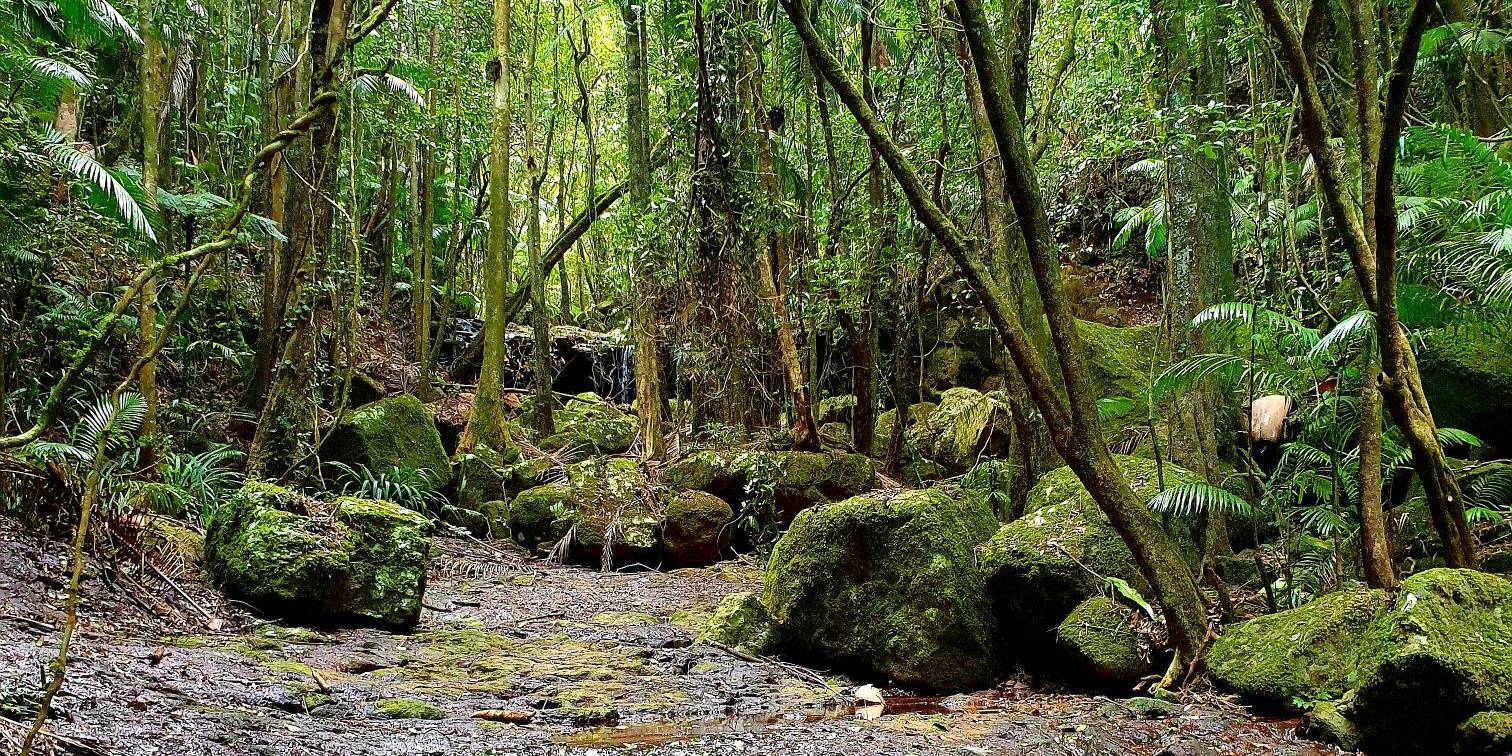About this case study
Drought
Communities
NARCliM
Some species of Australia’s rainforest trees have existed for more than 50 million years with individuals taking hundreds of years to grow – and work is underway today to improve their likelihood of survival for centuries to come.
We are conserving natural, national treasures – long-living species with ancient histories in Australia – by creating new populations in places where they have a chance of survival as our climate changes.
Justin Mallee, Project Officer Threatened Species, North Coast Branch, National Parks and Wildlife Service
The Gondwana Rainforests of Australia are the largest area of subtropical rainforest in the world. This World Heritage property is home to many rare and threatened species with lineages that stretch back millions of years. The rainforest is also one of Australia’s largest carbon stores.
There are several reasons why the species that live in this rainforest are under threat. Rainforests are already remnants, shrinking back into refuges over geological time. Two centuries of farming and logging has left the remaining rainforest in fragments. Pests have played their part. But human-induced climate change poses the greatest threat to these species.
Less reliable rainfall, sparser canopy cover and more frequent and intense extreme weather events – including drought, bushfires and storms – are all expected consequences of climate change.
In response, the NSW Government has created a holistic adaptation plan to support the rainforest to adapt to the changing climate.
The plan focuses on the Tweed Caldera, a group of national parks and reserves which lies largely on the landforms created by the erosion of the Tweed Shield Volcano.
With the help of world-leading research, scientists with expertise in threatened species conservation, and advanced climate modelling, the project team has developed practical climate adaptation strategies for the Tweed Caldera.
One of the strategies is to enhance protection and control threats to remnants of rainforest that are ‘refuges’ for species. These climate ‘refugia’ are selected because they are predicted to have relatively stable and favourable microclimates under a changing climate.
Another strategy is to increase the genetic diversity of the most dominant rainforest canopy species to increase adaptability. This is achieved by using genetically diverse seeds in rainforest restoration projects.
A third strategy uses ‘assisted colonisation’, or the act of moving plants or animals to new places to help them survive as their existing habitat changes.
“We are enhancing conservation of naturally rare species that are under increased pressure from human-induced climate change and creating new populations to improve their future,” says National Parks and Wildlife Service Project Officer for Threatened Species, Justin Mallee.
The NSW Saving our Species program aims to address the key threats to species and increase their numbers in the wild.
According to fossil records, some of the species in the Tweed Caldera date back to approximately 50-60 million years to times when the continent was still connected to Antarctica and South America.
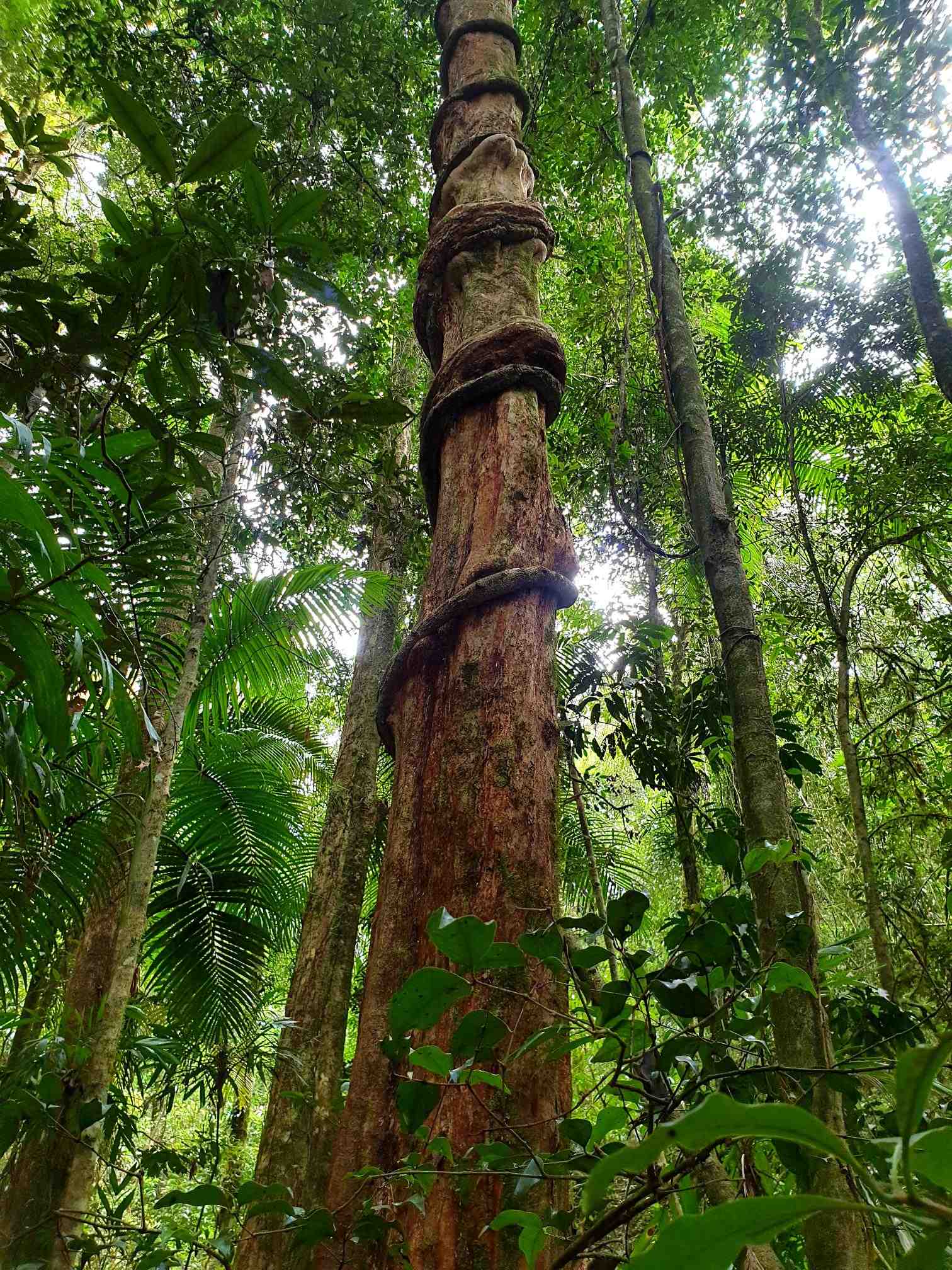
“Lush rainforests were more common across Australia. But as the climate warmed and the continent dried, many species contracted into tiny pockets,” Justin explains.
One of the species selected for assisted colonisation is the Small-leafed Tamarind (Diploglottis campbellii). This tree grows to around 30 metres and drops round, fleshy fruit, which turn from green to vibrant orange as they ripen. The Small-leafed Tamarind is currently found in just 14 locations between the coastal lowlands of the Richmond River in New South Wales and the Nerang River on the Gold Coast. In nearly all locations, just one, two or three mature trees survive.
Another is the Crystal Creek Walnut (Endiandra floydii), which grows in the foothills and lowlands from Byron Bay to the Queensland border. This small tree, which reaches around 15 metres when mature, displays a majestic canopy of glossy, dark green foliage and large round fruit.
“Both of these species are dispersal limited. This means there is no way for them to move in the landscape.” They may have been dispersed historically by megafauna or First Nations people, but this job is not being down now. The fruit is also too big to be wind or water dispersed either.
“We are playing the role of the disperser, and we are doing it with the help of the latest genetic science,” Justin notes.
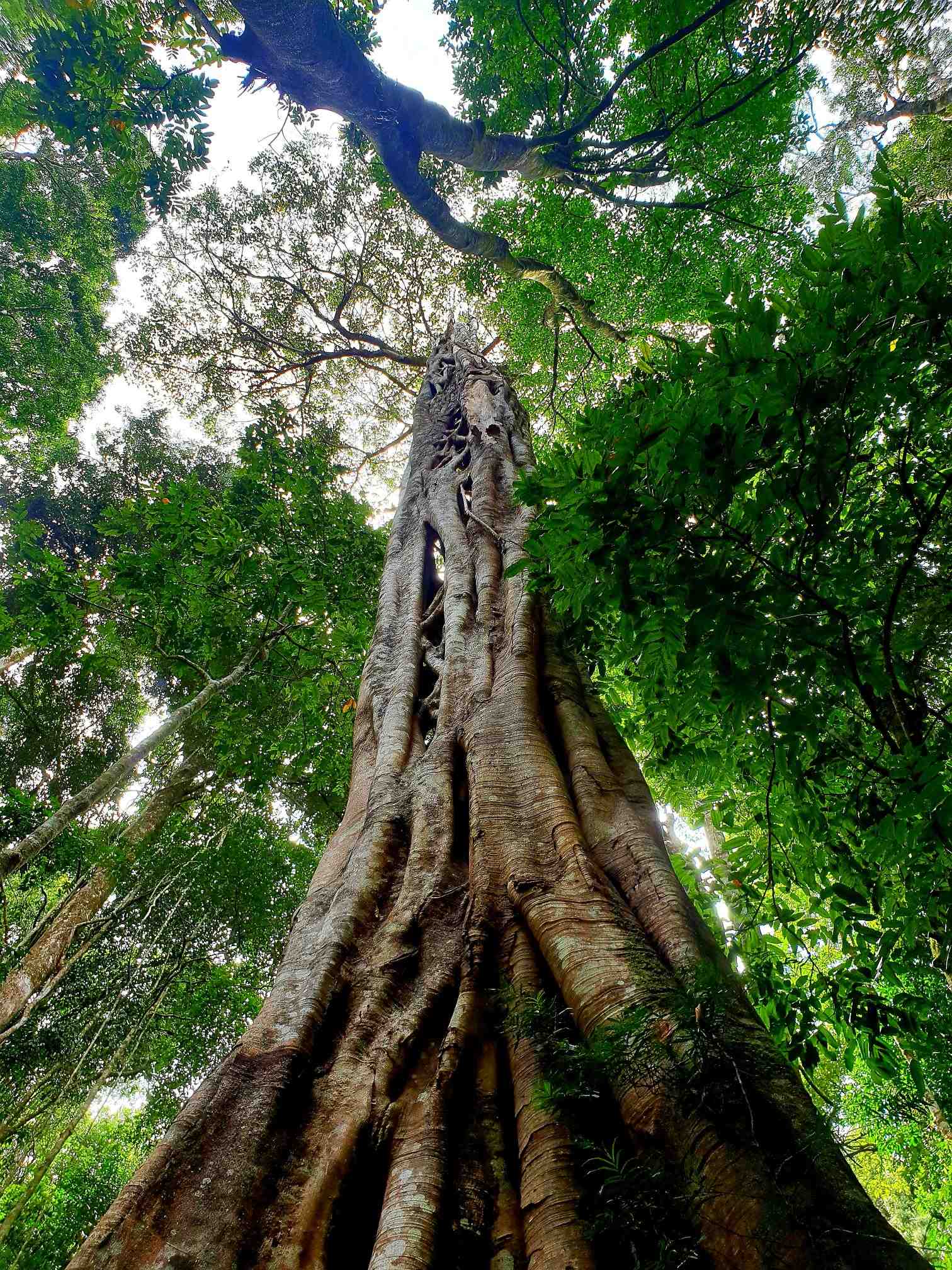
Leaf samples from all sites have been collected and assessed for genetic diversity, with the most suitable individual trees then used to collect seeds or cutting for propagation in a nursery. The team of scientists and conservationists also examined rainfall patterns, light availability and soil condition to pinpoint the places where the seedlings were most likely to grow now and survive in the future, accelerating a migration process that would have occurred over millions of years.
This genetic-based science has only emerged over the last decade, and some tools are just a few years old. “There are very few global examples of this assisted colonisation approach, despite it being talked about in conservation circles since the early 2000s.”
Establishing species in new habitat to combat threats posed by climate change may be a contentious issue in some circles, however, the risks associated with inaction are substantial.
“In the past, species would migrate over millions of years. But our climate is changing very rapidly. We need to work ahead of climate impacts, rather than wait until species are already in further decline.”
Because the species selected are ‘dispersal limited’, the likelihood of them becoming invasive in new habitats is very low, Justin adds.
Importantly, the NSW Government is building knowledge, skills and capacity for adaptation into the future. “When the climate crunch occurs, and species are heading towards extinction, we will have developed the required expertise to ensure rare species can adapt and survive.”
Some of the species we are working with are already rare and struggling. Climate change will cause future declines. We are trying to stay ahead of the decline by finding places where the species is likely to grow 100 years from now.
Justin Mallee, Project Officer Threatened Species, North Coast Branch, National Parks and Wildlife Service
Related content
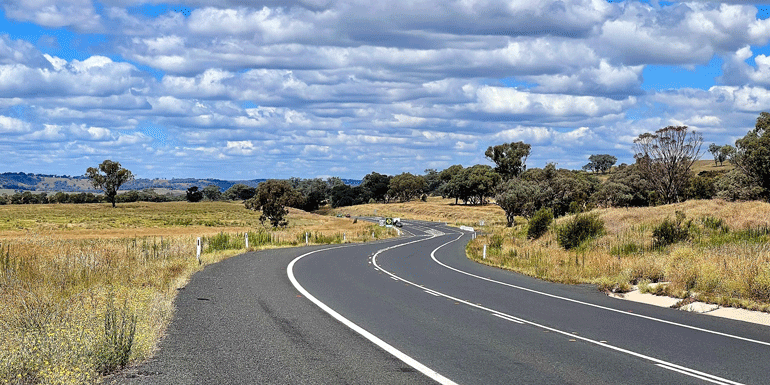
NSW councils are building climate risk into their business-as-usual planning and policies for the first time, thanks to products developed using NARCliM’s locally relevant climate modelled data.
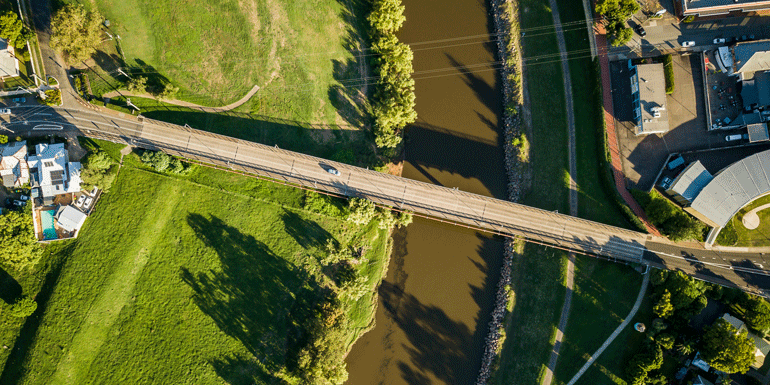
Climate change creates a significant risk to infrastructure, people, and the economy. The impacts from climate change, including damaging weather events, has already cost the state an estimated $3.6 billion per year.
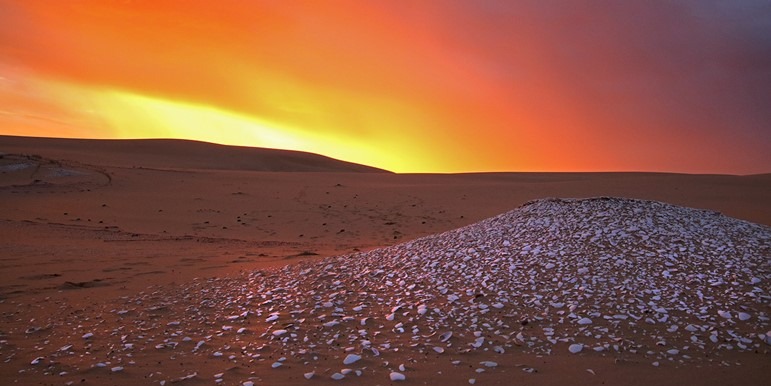
Aboriginal people bring a unique perspective to the climate change conversation, informed by over 70,000 years of close observation and relationship with the environment. This collaborative project between the Narran Lakes Joint Management Committee and Worimi Lands Conservation Board explores this knowledge to find cultural solutions to understand and live with climate change.
